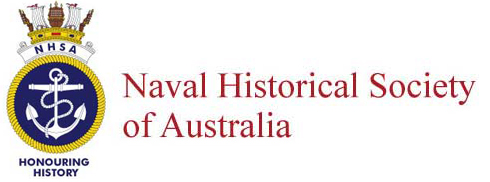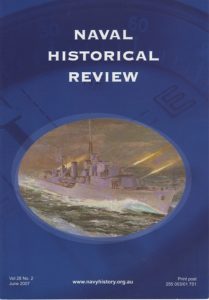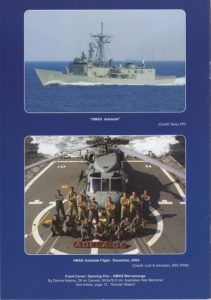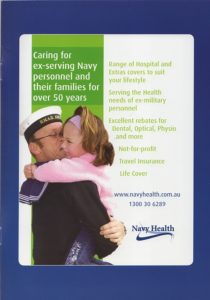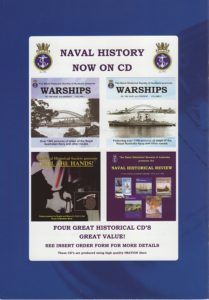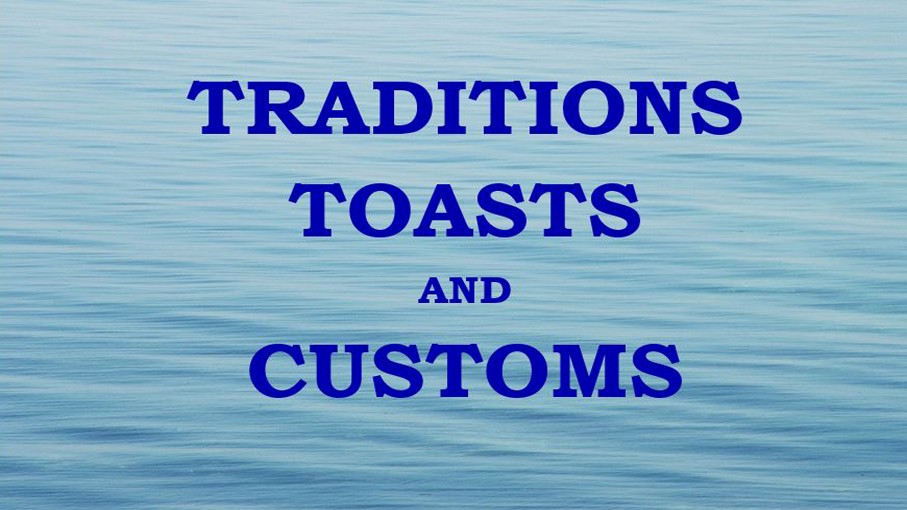
There are many customs and traditions associated with the Royal Australian Navy, most of which were carried over from their Royal Navy origins. These include matters such as the ceremony of “Colours”, the use of the ship’s bell, referencing ships as “she,” and “Splice the Main Brace”.
One little known Tradition is the Toasts held in the Wardroom (Officer’s Mess).
Referring to Ships as “She” – is a tradition dating back centuries, possibly originating from the feminine Greek word naus, meaning ship or vessel. It was later translated as navis in Latin and used in early Christian symbolism of the Church as a ship (like the Ark of Noah or the “Ship of St. Peter”’. Another old belief was that a ship provided protection, nurturing, and guidance, akin to a mother or goddess. Yet another referred to the personalized, intimate relationship sailors develop with their vessels.
The Ship’s Bell plays a significant naval role, not only as a sound warning in fogs, but also as a timekeeper, an alarm and more. The days’ time is sounded by ringing the number of each hour, which also marked the start and end of a naval watch period. Another significant role is its upturned use as a font for the christening of a crew member’s child – the name being engraved into the lip of the bell.
Colours– is the formal, daily ceremony of raising the national flag and ensign at a specific time in the morning (typically 08:00 or 09:00) and lowering them at sunset. This ceremony, observed in ports, harbour, and on shore, signifies the start of the day and is a solemn occasion marked by the boatswain’s pipe, a report to the officer of the day, and the ringing of the ship’s bell. Personnel stop all activity to salute the flag, while vehicles are required to stop and wait for the “carry on” signal to resume.
The Evening Ceremony is the lowering of the flags at sunset is generally referred to as Sunset. Like the morning ceremony, it is observed with respect and often involves pipes or bugle calls.
“Splice the Main Brace” – An old tradition that was abolished in 1970, the command “Splice the Main Brace” can still be given on special occasions, resulting in an issue of spirits or beer to those over 18. The most recent example in the RAN was 12 October 1982 when the crew of HMAS Torrens, (Type 12 frigate), ‘spliced the mainbrace’ to Her Majesty Queen Elizabeth II, on completion of Torrens tour of duty as escort to HMS Britannia, (The Royal Yacht).
TOASTS – The Toasts of the Royal Navy are a set of traditional drinking toasts that take place during formal dinners in the Officer’s Mess and on particular days of the week.
Toasts are made from port glasses and typically given by the youngest officer present at a Mess dinner, in their capacity as Dining Vice President or ‘Mr Vice’.
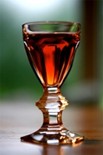
The main toast, and the first one given following the completion of the dessert course at a formal dining in night, is the ‘Loyal Toast’ to the Sovereign. This toast was originally made seated, apparently due to the danger of low deckheads on wooden sailing ships, rather than potential inebriation! The Port decanter is passed around the table to each person at the dinner to then fill their glass. Naval tradition is that the decanter should be passed along the table, as lifting it on a moving ship could result in spilling the precious liquid!
Then follows special toasts dependent on the day of the week, some of which carry a rejoinder.
They are:
Sunday – “Absent Friends ”
Monday – “Our Ships at Sea”
Tuesday – “Our Men”
Wednesday – “Ourselves” (as no one else is likely to be concerned for us!)
Thursday – “A Bloody War or a Sickly Season” (and a quick promotion!)
Friday – “A Willing Foe and Sea-Room “
Saturday – “Wives and Sweethearts” (may they never meet)
A short video on the Naval Historical Society’s YouTube channel provides insight to this tradition.
In 2013 the RN changed the Tuesday and Saturday toasts to reflect the fact that women had been at sea for nearly two decades.
Officially, the Tuesday toast is now “Our Sailors” and the Saturday toast is “Our Families“*. However, apparently the majority of personnel prefer the traditional toasts and they are still widely used in the Royal Australian Navy, the wording of the Saturday toast is slightly different – ‘Our Partners’. Since 1999, in the Royal Canadian Navy (RCN) the Thursday toast is ‘Our Navy’ and the Friday toast ‘Our Nation’.
